introduction of hardware
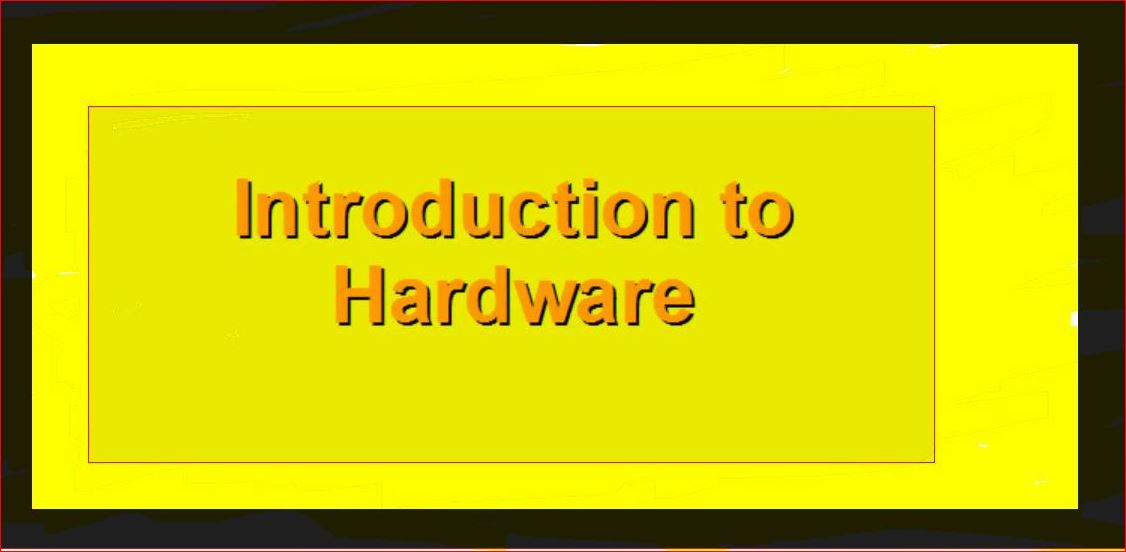
Hardware
All the physical (touchable) parts of compute system are known as hardware. It included all the physical parts like: Monitor, Mouse, Keyboard, Mouse-Pad, Printer, CPU, Memory Units, Hard disk, Floppy Disk etc.
Software:
All the programming (untouchable) parts of computer system are known as software. For examples: MS-DOS, MS-Word, MS-Excel, MS-PowerPoint, Adobe PageMaker, MS-Access, Adobe Photoshop, Visual Basic, C, C++ etc.
#. Types of Software:
In the computer system, there are different types of software available, which are given below; especially software can be divided into three categories;
- A) System Software
- B) Application Software
- C) Human Ware
#. System Software:
The software required for running user programs is known as system software. It is the collection of the programs written for computer language, which allows the user to develop and run programs. Mainly system software can be divided into three categories;
- a) Operating system program.
- b) Utility program
- c) Language processor
#. Operating system program:
Operating system is a program, which controls overall operation (activities) of the computer system. DOS, UNIX and windows are the examples of the operating system program. This program is also known as media point between the computer and user. It creates friendly relationship between them and communicates with each other.
#. Utility program:
The utility programs are those programs, which are used for managing files or folders, working with files or folders and developing/writing and testing the programs
#. Language processor:
Language processors are those programs, which translate
the program written in programming language into an executable (human understanding language) and followed by hardware of the computer. Assemblers, compilers and interpreters are the examples of language processor.
Application software:
The software written for special purpose in a specific language is known as application software. MS-Word, MS-Excel, MS-PowerPoint etc are the examples of application software programs.
#. Memory:
Memory means any name of physical parts of the computer system, which is made by silicon chips. It is used to process data at very fast speed and store data for future use.
Different types of memory available in to the computer system, but mainly it can be divided into two categories;
- RAM (Random Access Memory)
- ROM (Read Only Memory)
#. Units of measurement:
0, 1 = 1 Bit
4 bit = 1 nibble
8 bit (2 nibble) = 1 character.
1 character = 1 byte
1024 bytes = 1 Kilobyte
1024 KB = 1 Megabyte
1024 MB = 1 Gigabyte
1024 GB = 1 Terabyte
#. Speed of the Computer:
1 Millisecond = 10-3 Second
1 Microsecond = 10-6 Second
1 Nanosecond = 10-9 Second
1 Pico second = 10-12 Second
#. Classification of the Computer:
Basically, computer can be classified into four categories:
- On the basis of work:
- Analog Computer
- Digital Computer
- Hybrid (Analog + Digital)
- On the basis size:
- Super Computer
- Mainframe Computer
- Mini Computer
- Micro Computer
- i) Desktop Computer
- ii) Laptop Computer (Briefcase)
- Palmtop Computer
- On the basis of Brand:
- IBM Computer (International Business Machine)
- IBM Compatible
- Apple / Macintosh
- On the basis of Model:
- XT (Extra Technology)
- ATX (Extra Advance Technology)
- PS-2 (Personal System-2)
Antivirus
Definition: “antivirus” is protective software designed to defend your computer against malicious software. Malicious software, or “malware” includes: viruses, Trojans, keyloggers, hijackers, dialers, and other code that vandalizes or steals your computer contents. In order to be an effective defense, your antivirus software needs to run in the background at all times, and should be kept updated so it recognizes new versions of malicious software.
Also Known As: anti-virus
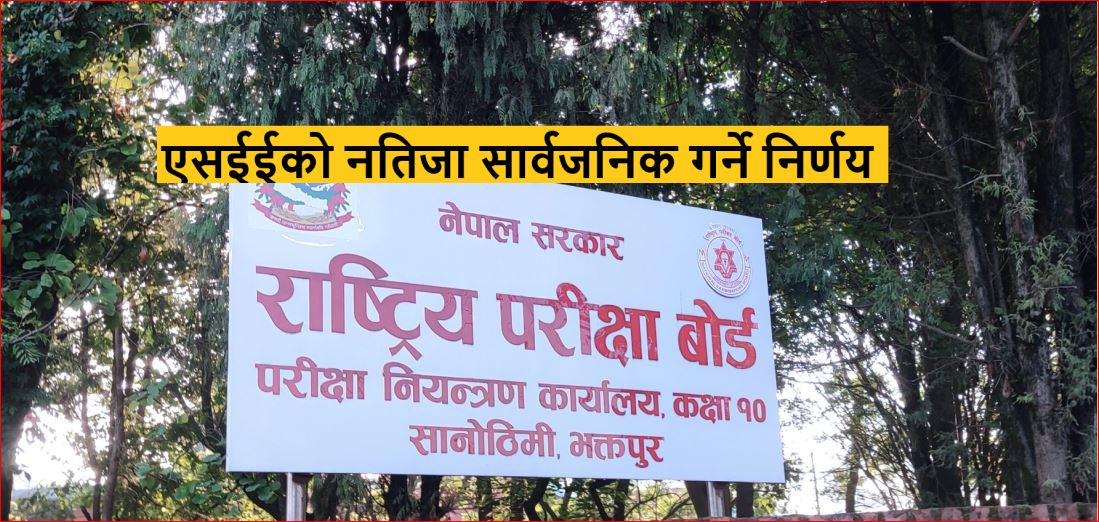
As per the new letter grading guidelines, SEE results are classified as follows
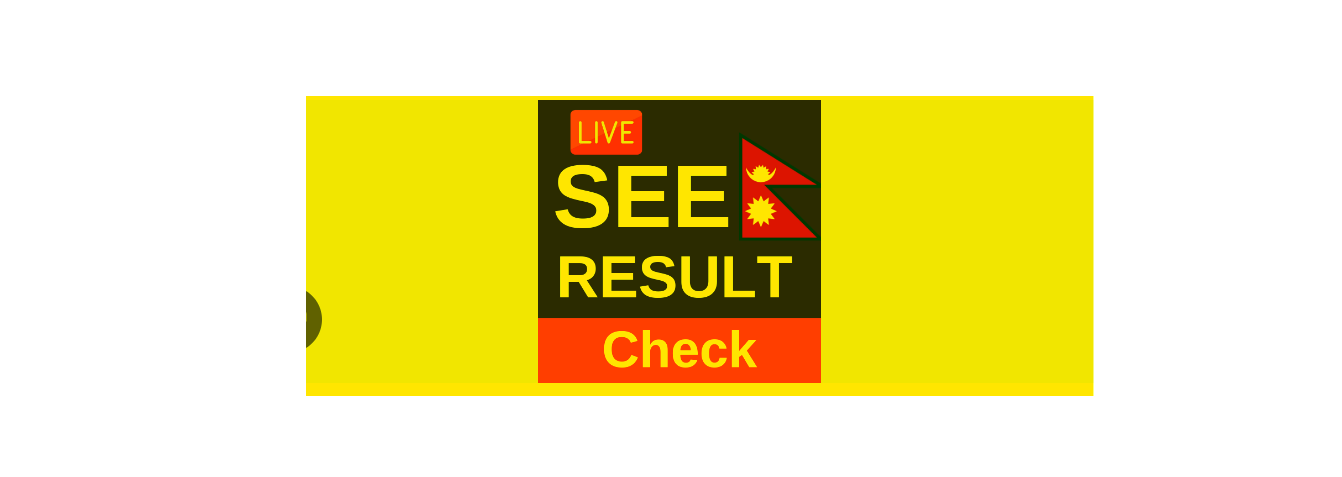
How to Check SEE Result 2080. SEE Result 2080 Check With Grade Sheet

How to know the result of SEE by using the service of Nepal Telecom ?

Sandeep was denied a visa by the US

Sandeep Lamichhane was found innocent, now in the World Cup

Exam Schedule: 4 Years B.Sc., B.B.S.,B.A. & B.Ed. 4th Year -2081
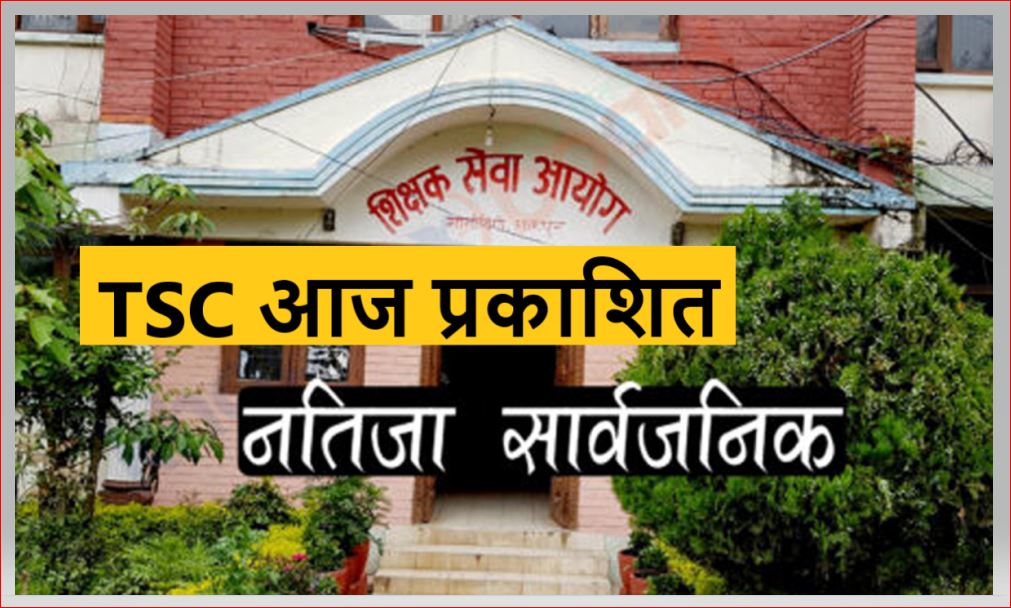


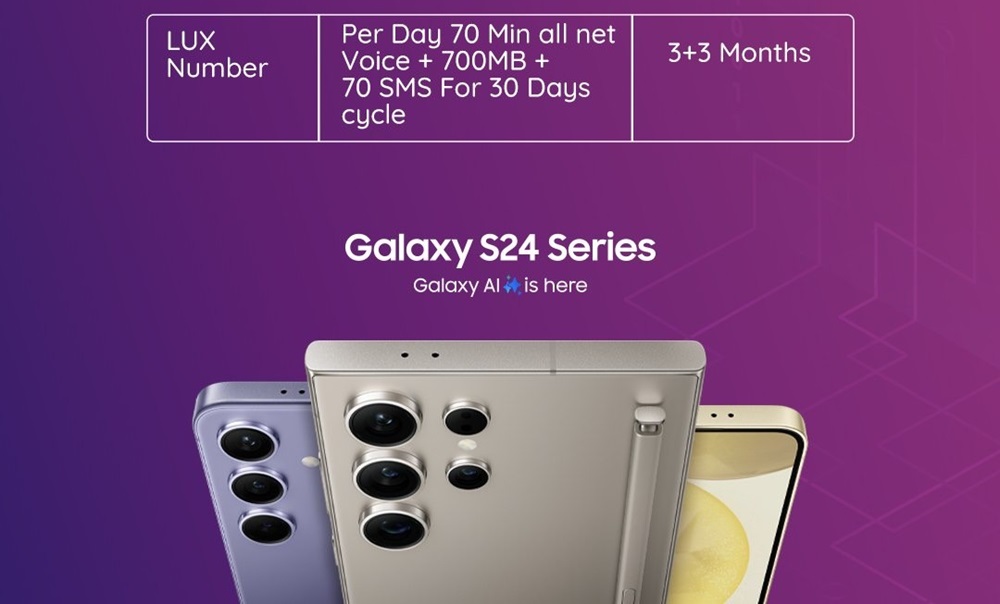

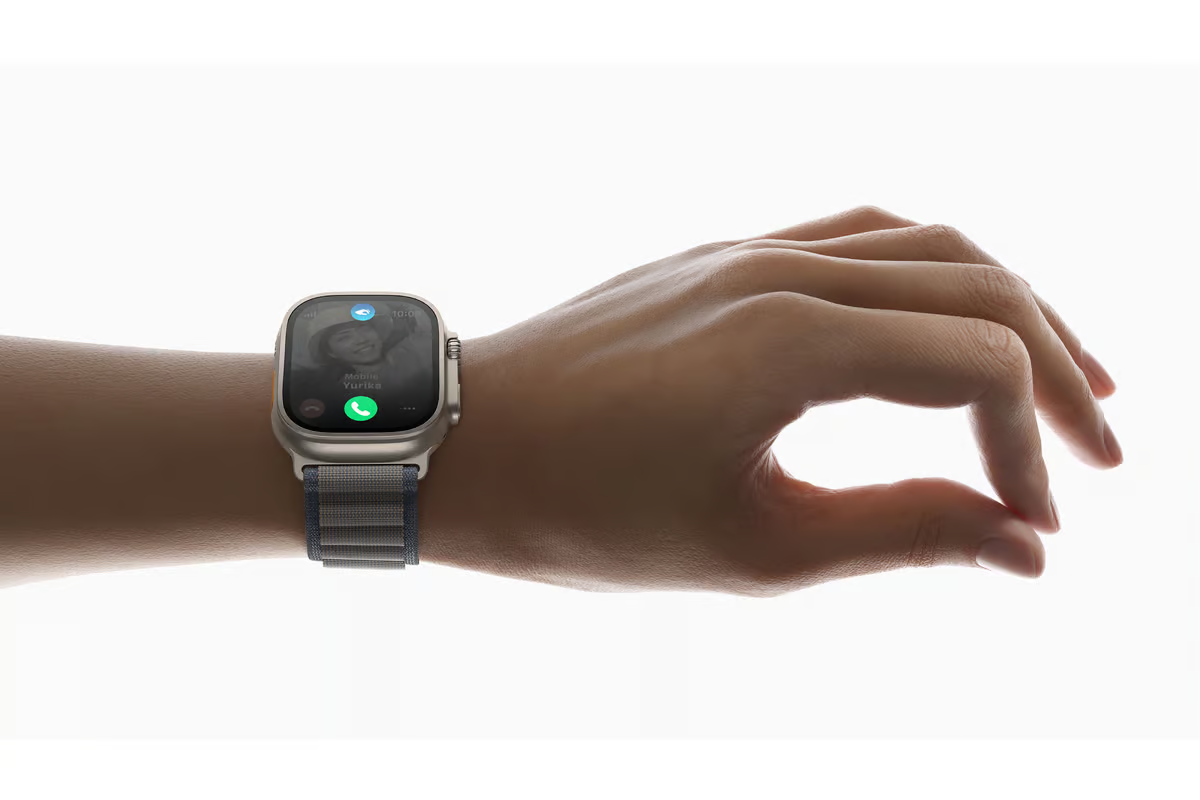
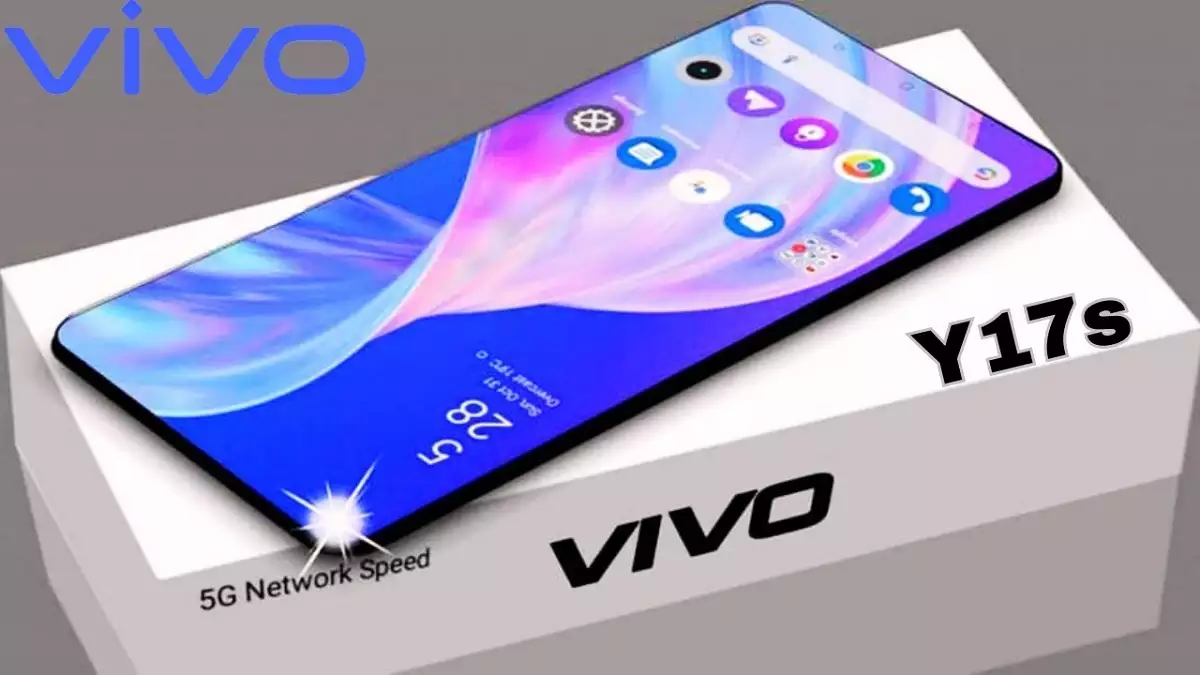
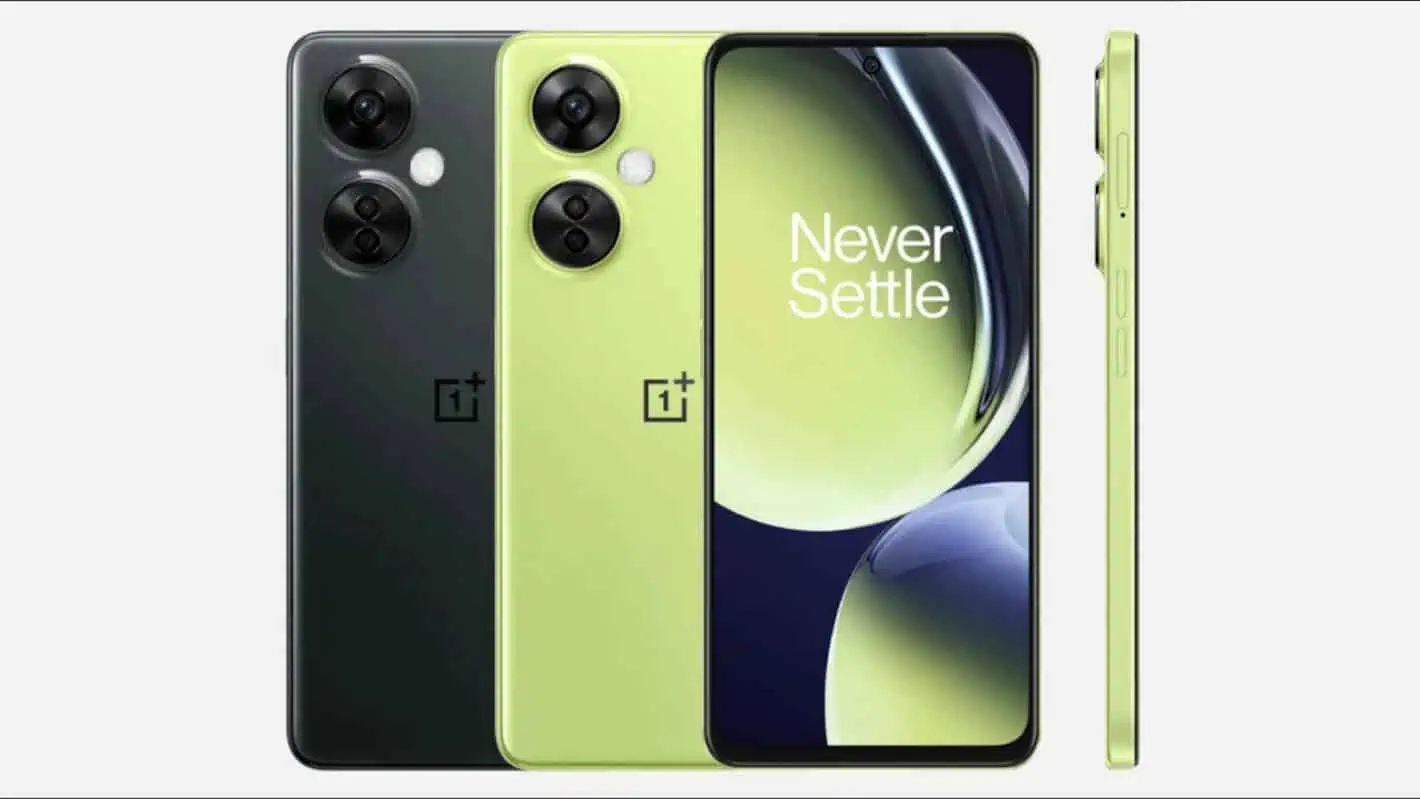

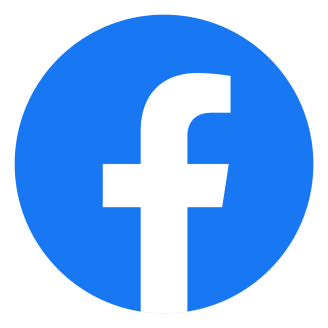 Like us on Facebook
Like us on Facebook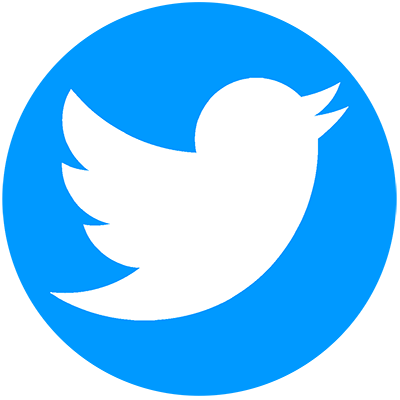 Follow us on Twitter
Follow us on Twitter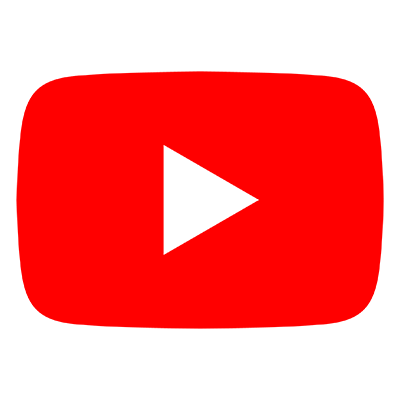 Subscribe YouTube Channel
Subscribe YouTube Channel Follow us on Instagram
Follow us on Instagram Follow us on Tiktok
Follow us on Tiktok